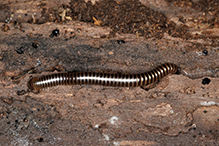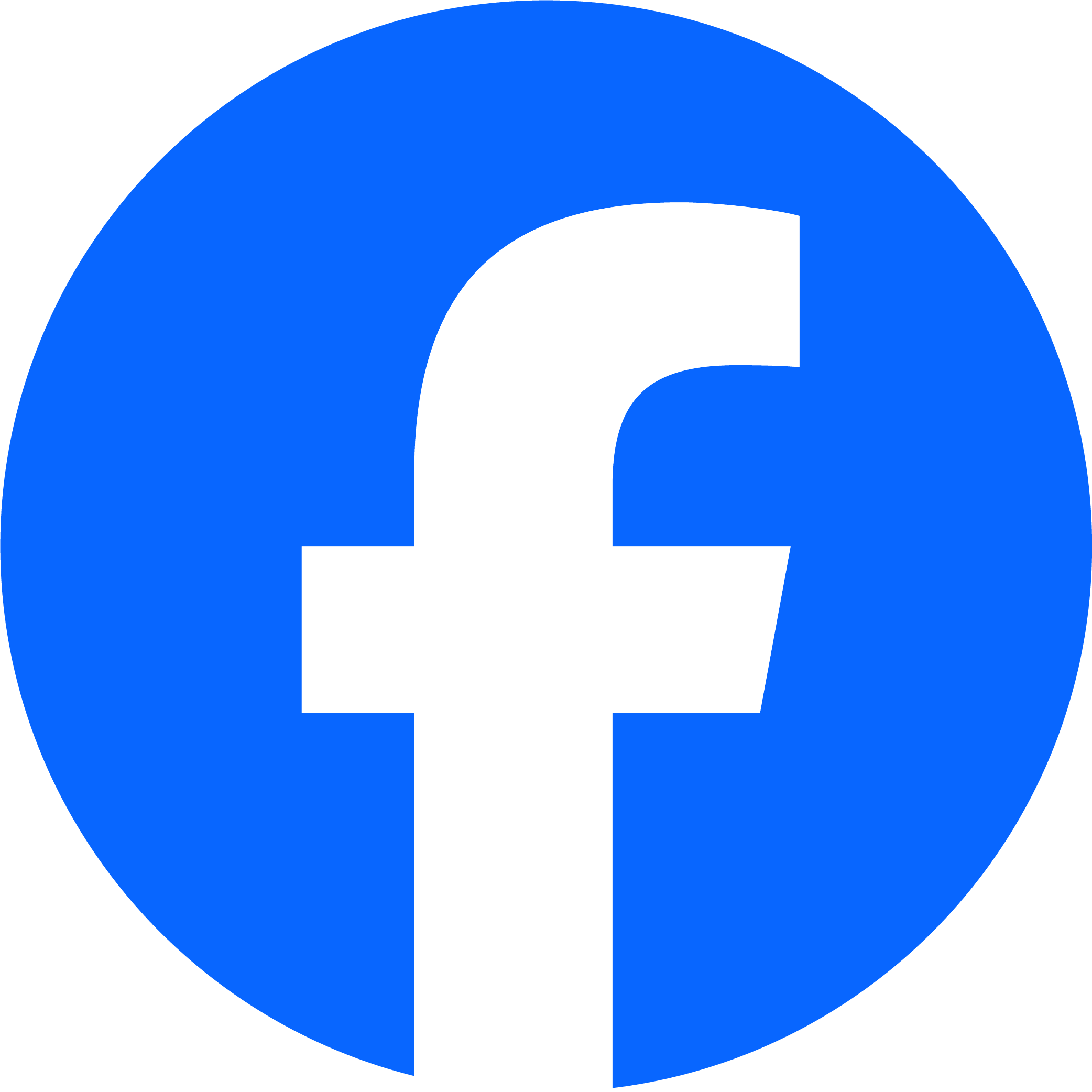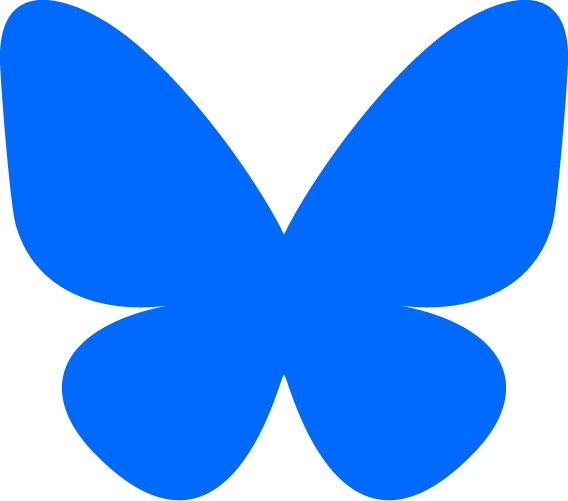Minnesota Centipedes and Millipedes

Subphylum Myriapoda
Myriapoda is the subphylum of arthropods that includes centipedes, millipedes, symphlids, pauropods, and arthropleurideans. There are almost 13,000 described and an estimated 72,000 undescribed species of myriapods. This includes both still living (extant) myriapods and those known only from the fossil record. All myriapods are characterized by the following:
- elongated body;
- numerous body segments;
- a hard external skeleton (exoskeleton) made of chitin;
- a single pair of antennae;
- a single pair of mandibles;
- simple eyes only, no compound eyes;
- nine or more pairs of legs; and
- terrestrial.
Millipedes (Diplopoda) have long, cylindrical or slightly flattened bodies with 20 to 100 body segments. The first four body segments each have a single pair of legs. The last segment bears the anus and has no legs. The remaining segments are fused together in pairs, and each fused segment has two pairs of legs. The antennae are short, elbowed, and usually have seven segments. Few millipedes are predatory and none are venomous. They do not bite.
Centipedes (Chilopoda) have long, flattened bodies with 15 to 173 body segments. The segments are not fused together. There is always an odd number of pairs of legs. The legs on the first segment are modified into a pair of jaw-like venom claws behind the head. The last two body segments have no legs. All other segments have a single pair of legs. The antennae are long, thread-like, and have fourteen or more segments. All centipedes are predators, and all are venomous. All can bite and some inflict painful bites.
Symphlids (Symphlya) are not common. The are similar to centipedes but have only 10 to 12 pairs of legs. They are white, eyeless, and small, 1 ⁄32″ to 5 ⁄16″ (1 to 8 mm) long. The antennae are not branched.
Pauropods (Pauropoda) are not common. The are similar to centipedes but have only 9 pairs of legs. They are white or brown, eyeless, and minute, 1 ⁄64″ to 1 ⁄16″ (0.5 to 2.0 mm) long. The antennae not branched.
Arthropleurideans (Arthropleuridea) are extinct and known only from fossil records.
Recent Additions
_01it.jpg)
Cylindroiulus caeruleocinctus is a large millipede native to western and northern Europe, Scandinavia, and the United Kingdom. Human activities have greatly contributed to the dispersal of this species. Its range continues to expand east and southeast in Europe. It was recently found for the first time in Hungary. It was introduced into North America and now occurs across northern United States and southern Canada.
Adults are worm-like, and cylindrical. They have more than 32 body segments (rings). Each ring is brownish-black with bronze-colored edges. This species is distinguished from similar millipedes by its large size and by the lack of a pointed projection on the last body segment.
Other Recent Additions
This list includes only centipedes, millipedes, and other myriapods that have been recorded in Minnesota, but not all of the centipedes, millipedes, and other myriapods found in Minnesota.
| Profile | Photo | Video | |||
|---|---|---|---|---|---|
American giant millipede (Narceus americanus) |
|
||||
blunt-tailed snake millipede (Cylindroiulus punctatus) |
|||||
boreal yellow-headed soil centipede (Geophilus flavus) |
|||||
bristly millipede (Polyxenus lagurus) |
|||||
common flat-backed millipede (Polydesmus angustus) |
|||||
common pink flat-back (Pseudopolydesmus serratus) |
|||||
crested millipedes (Order Callipodida) |
|||||
diamondback soil centipede (Geophilus vittatus) |
|||||
eastern fire centipede (Scolopocryptops sexspinosus) |
|||||
flat-backed millipedes (Eurymerodesmus spp.) |
|||||
flat-backed millipede (Euryurus evides) |
|||||
flocculent tailed millipede (Ptyoiulus impressus) |
|||||
furry snake millipede (Ophyiulus pilosus) |
|||||
garden lithobius(Lithobius melanops) |
|||||
granulated millipede (Scytonotus granulatus) |
|||||
house centipede (Scutigera coleoptrata) |
|||||
millipede (Abacion texense) |
|||||
millipede (Aniulus diversifrons diversifrons) |
|||||
millipede (Aniulus garius) |
|||||
millipede (Oriulus venustus) |
|||||
| millipedes (Class Diplopoda) | |||||
short snake millipedes (Brachyiulus spp.) |
|||||
snake millipedes (Order Julida) |
|||||
spotted snake millipede (Blaniulus guttulatus) |
|||||
Abacion texense (millipede)
Aniulini (eastern crystal millipedes)
Aniulus diversifrons diversifrons (millipede)
Aniulus garius (millipede)
Blaniulus guttulatus (spotted snake millipede)
Brachyiulus spp. (short snake millipedes)
Callipodida (crested millipedes)
Cylindroiulus caeruleocinctus (barrel millipede)
Cylindroiulus punctatus (blunt-tailed snake millipede millipede)
Cylindroiulus spp. (barrel millipedes)
Eurymerodesmus spp. (flat-backed millipedes)
Euryurus evides (flat-backed millipede)
Geophilus flavus (boreal yellow-headed soil centipede)
Geophilus vittatus (diamondback soil centipede)
Julida (snake millipedes)
Lithobiomorpha (stone centipedes)
Lithobius forficatus (brown centipede)
Lithobius melanops (garden lithobius)
Narceus americanus (American giant millipede)
Ophyiulus pilosus (furry snake millipede)
Oriulus venustus (millipede)
Oxidus gracilis (greenhouse millipede)
Pleuroloma flavipes (traveling cherry millipede)
Polydesmida (flat-backed millipedes)
Polydesmus angustus (common flat-backed millipede)
Polyxenus lagurus (bristly millipede)
Pseudopolydesmus serratus (common pink flat-back)
Ptyoiulus impressus (flocculent tailed millipede)
Scolopocryptops sexspinosus (eastern fire centipede)
Scutigera coleoptrata (house centipede)
Scytonotus granulatus (granulated millipede)
No Species Page Yet?
If you do not see a linked page for a species in the list at left you can still upload a photo or video or report a sighting for that species. Click on one of the buttons below and type in the common name and/or scientific name of the species in your photo, video, or sighting. A new page will be created for that species featuring your contribution.
These buttons not working for you?
Simply email us at info@MinnesotaSeasons.com.













